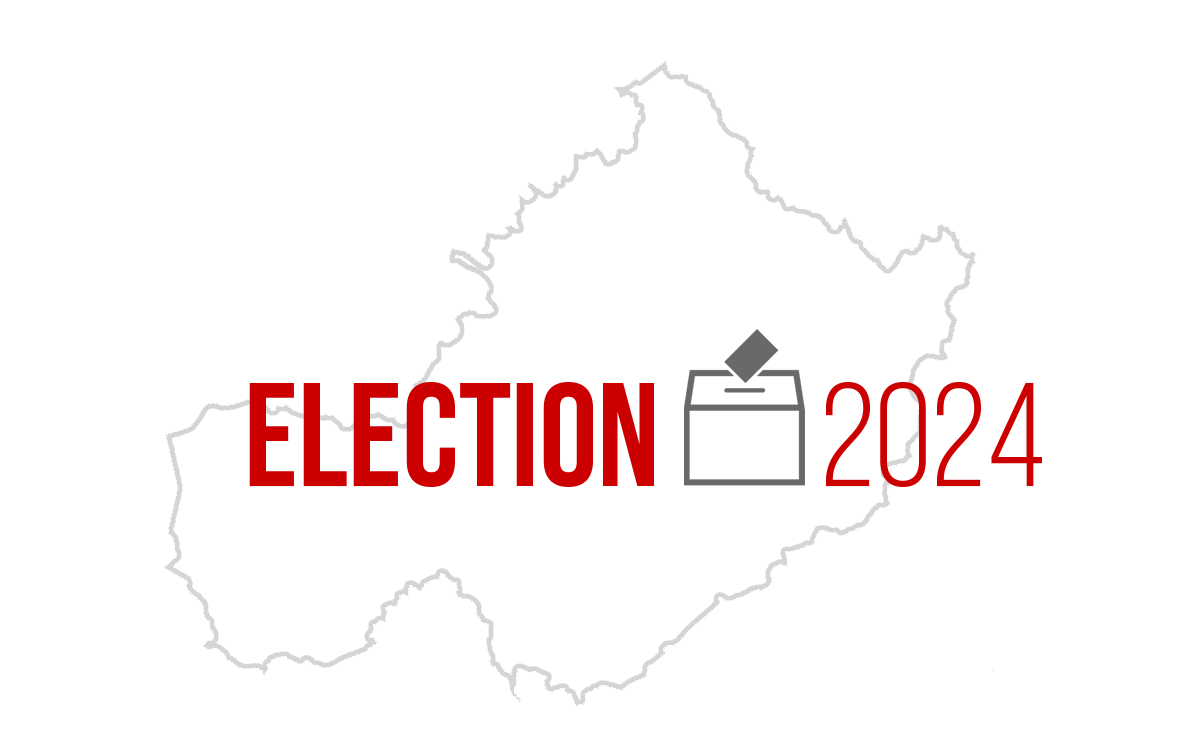The Electoral Commission / An Coimisiún Toghcháín
Ireland uses proportional representation (PR) for voting in elections, with each voter having a single transferable vote (STV).
Proportional Representation – Single Transferable Vote (PR-STV) is used for voting in;
• General elections
• Local elections
• European elections
• Presidential elections
• Mayoral elections.
PR-STV is a candidate-based system. This means voters can choose to vote for as many, or as few candidates as they like, in order of their preference.
The voter’s first preference vote – the candidate they give their number 1 vote to – is most important and is always counted. A voter’s second (and further preferences) may be counted if their preferred candidate is eliminated at the end of a round of counting, or is elected with a surplus. These are known as transfers.
Referendums in which people are asked to vote on changes to the Irish Constitution operate on a ‘YES’ or ‘NO’ basis.
Main features of the Irish electoral system:
• Several candidates are elected to represent each constituency
• Voters can chose as many (or few) candidates in order of their preference
• A voter’s first preference is always counted. Second and further preferences are often counted and have the ability to determine the results of an election.
Constituencies
For Dáil, European and local elections, voters elect a number of candidates.
In Dáil and European election constituencies, the number of seats (elected representatives) can be 3, 4 and 5 seats per area, depending on population size.
In local elections, constituencies are called Local Electoral Areas (LEAs). The number of seats in these can vary between 3, 4, 5, 6 or 7. This means that each voter will have a number of different elected representatives.
In presidential and mayoral elections, only one candidate is elected.
How your vote is counted
When polling is over, all ballot boxes are taken to a central counting place for each constituency. The count starts at 9am on the day after polling day for the local elections. For the European elections, counting begins once voting has finished across EU member states. Votes are counted in the same way for all PR-STV elections.
Opening the ballot boxes
Once all the ballot boxes are opened, a reconciliation process takes place in which the number of ballots issued at the polling centre is checked against the number of ballots that were in the ballot boxes. Each ballot paper is checked to ensure that it has been properly completed and any potential spoilt votes are set aside. The number of ballot papers are counted to determine the total poll, the total number of votes.
First count and calculation of the quota
Ballot papers are sorted into first preference choices for each candidate and then the first preferences are counted. The total valid poll is determined after all spoilt votes have been adjudicated on. Ballot papers may be deemed spoilt due to writing on the ballot paper; if no clear first preference is marked for a candidate; or if the ballot paper was not stamped by the presiding officer or polling clerk.
The quota is then calculated on the basis of the total valid poll. The quota is the figure that, if reached, guarantees the election of a candidate. It is possible to get elected without reaching the quota, but this can only happen when all other candidates are excluded.
The quota is calculated by dividing the total number of valid ballot papers by the number of seats to be filled plus one.
The quota is a formula calculated on the basis of the lowest possible number of votes that can be filled by the number of candidates to be elected. In the above example which is a four seat constituency, it is only possible for four candidates to reach the quota of 12,001 votes each, as this would only leave 11,996 votes left.
Surplus distribution
A surplus is the number of votes a candidate has over the quota. Any candidate that reaches or exceeds the quota on the first count is deemed elected. The first count is normally the only time that all of a candidate’s second preference votes are counted. This surplus is then split between the remaining candidates. After all subsequent counts, it is only the remaining (surplus) ballot papers, after a candidate has reached the quota, that are redistributed (transferred) to the remaining candidates.
A surplus is only distributed if it can achieve one of the following:
• Elect the next highest continuing candidate;
• Bring the lowest continuing candidate level with or above the second lowest continuing candidate;
• Qualify the lowest continuing candidate for recoupment of their election expenses or deposit (if applicable).
The question of whether a surplus is to be distributed is considered after each count on the basis of the surplus(es) then available.
Exclusion of lowest candidate(s)
Two or more lowest candidates are excluded together where it is clear that the exclusion of one or more candidates cannot materially affect the result of the election or save the deposit of a remaining candidate.
Transfers
Ballot papers will be deemed ‘non-transferrable’ if there is no preference marked for any remaining candidate who has not already been elected or eliminated at this stage of the count.


